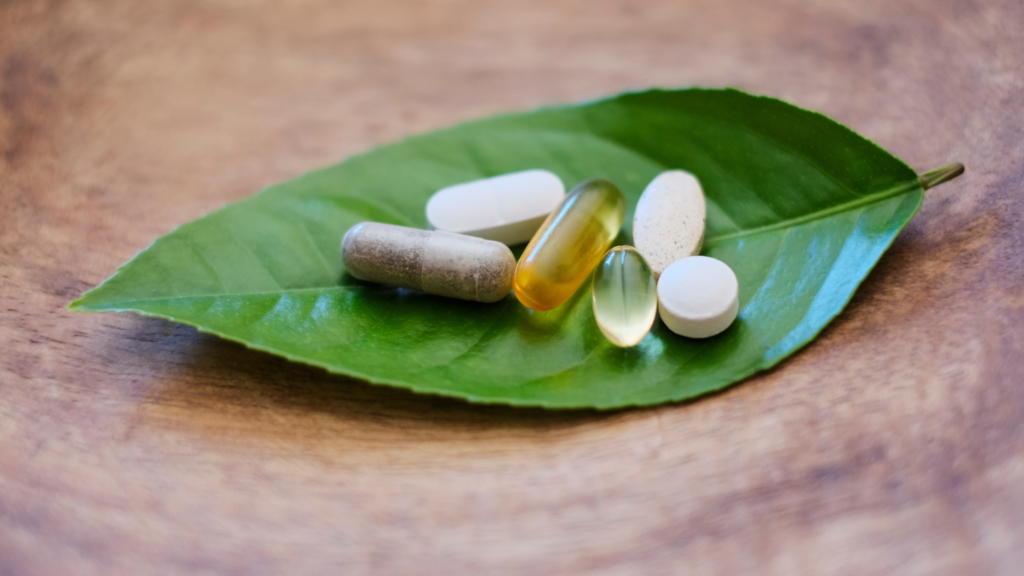Biohacking isn’t just a buzzword anymore—it’s a lifestyle for anyone looking to unlock their full potential. As we step into 2025, the science and tools behind biohacking have evolved, offering cutting-edge ways to enhance energy, focus, and overall performance. Whether you’re an entrepreneur, athlete, or just someone aiming to optimize your day, these protocols are game-changers.
What Is Biohacking And Why It Matters In 2025
Biohacking involves using science, technology, and lifestyle interventions to enhance physical and mental performance. It integrates tools like:
- wearables
- supplements
- personalized routines
to optimize energy, focus, and overall health. Emerging fields such as genomics and biometric monitoring are making biohacking more precise and accessible.
In 2025, biohacking matters because it aligns with growing demands for efficiency and longevity. Professionals leverage customized protocols to maintain sustained cognitive performance. For instance, entrepreneurs adopt nootropics to improve decision-making, while athletes use recovery-focused tools to extend peak performance windows.
Advancements in AI and machine learning elevate biohacking’s impact by offering real-time data interpretation. These technologies enhance habit tracking and intervention adjustments, ensuring solutions remain tailored.
Top Biohacking Protocols For Peak Daily Performance

Biohacking in 2025 prioritizes innovation and precision, offering tools and protocols to elevate daily energy and productivity. I’ve outlined the key approaches driving optimal performance.
Personalized Nutrition And Supplements
Customizing nutrition through genetic insights and biometric data enhances physical and mental performance. Tools like DNA analysis identify deficiencies, aiding in optimized dietary plans. Supplements such as omega-3s for brain health or adaptogens like ashwagandha for stress reduction play crucial roles. By addressing individual needs, this protocol supports sustained energy and focus.
Advanced Sleep Optimization Techniques
Optimizing sleep maximizes recovery and cognitive functioning. Methods include tracking sleep cycles with wearables and utilizing blue light-blocking glasses to minimize disruption. Supplements like melatonin or magnesium enhance sleep quality. Devices such as smart mattresses measure sleep metrics, promoting restorative rest essential for peak performance.
Wearable Technology For Performance Tracking
Wearables provide real-time tracking of physiological metrics like heart rate variability, oxygen saturation, and stress levels. Devices such as Oura Rings or WHOOP bands deliver actionable insights to fine-tune routines. This feedback loop allows quick adaptations to improve energy, focus, and recovery outcomes.
Red Light Therapy And Its Benefits
Red light therapy enhances cellular function by promoting ATP production and improving circulation. Targeted sessions reduce muscle fatigue, accelerate recovery, and enhance skin health. Devices like portable panels or full-body systems make this modality accessible for consistent use.
Cold Exposure And Cryotherapy
Cold exposure boosts resilience by activating thermogenesis and reducing inflammation. Techniques include ice baths or cryotherapy chambers, which lower muscle soreness and increase endorphin levels. Regular sessions aid in recovery and improve overall physical endurance.
Emerging Biohacking Trends In 2025
The landscape of biohacking in 2025 is shaped by cutting-edge technologies and a deeper understanding of human biology. Advances in AI and cellular-level interventions play a critical role in refining protocols for peak daily performance.
AI-Driven Health Insights
AI-powered tools analyze vast datasets to deliver hyper-personalized health recommendations. In 2025, AI algorithms interpret biometric data from smart wearables, such as continuous glucose monitors and heart rate trackers, to optimize nutrition, exercise, and recovery practices. These systems predict performance bottlenecks by identifying patterns in sleep disturbances or metabolic inefficiencies. For example, AI platforms might suggest real-time dietary tweaks like increasing magnesium consumption to improve energy levels based on stress indicators.
AI integration also accelerates biofeedback practices. Neural feedback devices now enable users to track and improve cognitive metrics like focus and memory retention during demanding tasks. Enhanced predictive analytics guide individuals toward proactive health decisions, ensuring sustained performance under diverse conditions.
Longevity And Cellular Health Enhancements
2025 sees significant progress in interventions targeting cellular health and longevity. NAD+ boosters and senolytic supplements gain traction for promoting mitochondrial function and removing senescent cells. These advancements help extend healthspan by reducing inflammation and improving energy metabolism. Precision supplementation, informed by DNA testing, supports cellular repair processes tailored to individual biomarkers.
Red light therapy and advanced photobiomodulation techniques strengthen cellular recovery by stimulating ATP production. Paired with cold exposure protocols, they act as synergistic methods, reducing oxidative stress and enhancing resilience. Stem cell-based therapies are also emerging, providing regenerative solutions for joint health and muscle recovery critical for maintaining peak physical performance.
How To Safely Implement Biohacking Protocols
Implementing biohacking protocols involves precision and informed decision-making. It’s critical to prioritize safety while adapting these methods to individual needs and goals.
Consulting Professionals And Experts
- I rely on trained professionals to guide biohacking practices.
- Consulting with doctors, nutritionists, or biohacking specialists ensures protocols align with my health history and performance goals.
- Experts analyze genetic data, biomarkers, and existing conditions to create recommendations for supplements, dietary strategies, and recovery tools. For instance, a functional medicine practitioner can assess my microbiome to optimize gut health for better energy levels.
- I also stay updated by engaging with industry-leading researchers and attending credible workshops.
- These resources help validate emerging technologies like AI-driven wearables or cellular therapies.
- Collaboration with professionals minimizes risks, enhancing the effectiveness of biohacking protocols.
Monitoring And Adjusting Progress
I track progress through consistent monitoring of biometric data. Wearables like continuous glucose monitors or smart rings provide actionable insights into sleep cycles, activity levels, and recovery rates. Using apps, I compile and analyze data trends to identify areas for improvement quickly.
Adjustments are data-driven, factoring in personal responses to protocols. If biofeedback indicates decreased performance or adverse reactions, I modify supplement stacks, change recovery routines, or adjust sleep schedules. Regular evaluations, ideally every 4-6 weeks, ensure protocols evolve to meet my changing needs and optimize overall performance.





